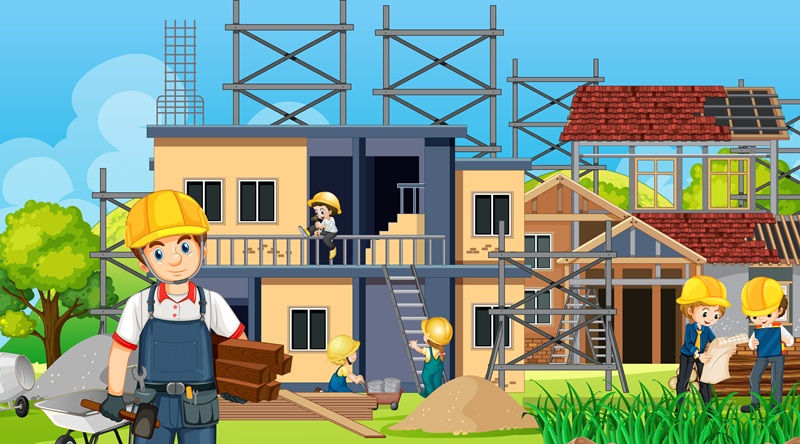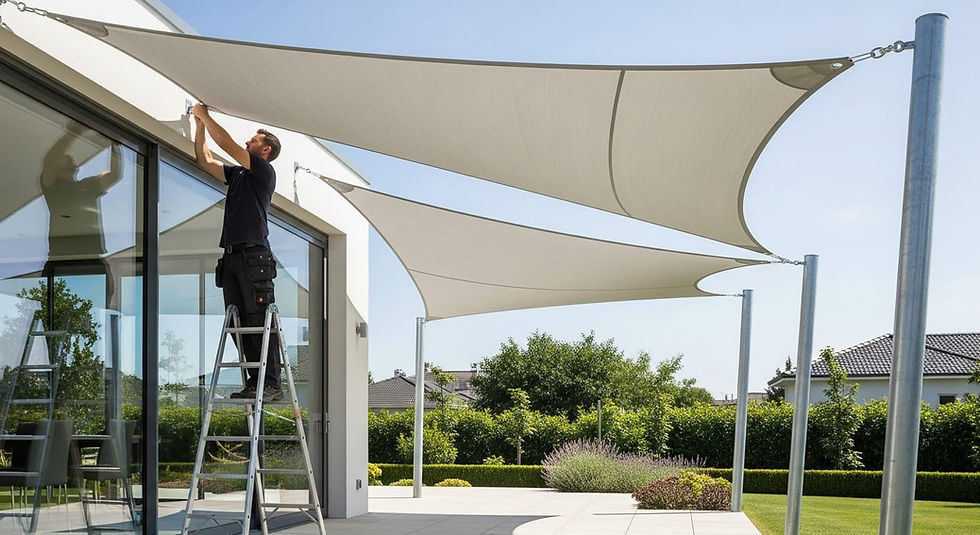Reblocking vs Restumping: What's the Difference & Which Do You Need?
- David Fenton
- Aug 11
- 3 min read
Ever found yourself scratching your head when someone mentions your house needs "restumping" or "reblocking"? Are these just fancy terms builders use to confuse us, or do they mean different things? And here's the million-dollar question – which one does your home need?
If you've noticed doors that won't close properly, cracks appearing in walls, or floors that feel a bit wonky, you're probably dealing with foundation issues. But don't panic! Understanding the difference between reblocking and restumping is the first step towards fixing your home's foundation problems. This guide will break down everything you need to know about these two methods, plus explore some modern alternatives that might save you both time and money.

What Is Restumping and Reblocking?
Restumping, also known in some regions as reblocking, is the process of replacing the old stumps (or posts) that support a home’s foundation. These stumps act like the legs of the house, and over time, they can rot, deteriorate, or sink, causing structural issues such as uneven floors, sticking doors and windows, or cracks in walls and ceilings. Most Australian homes built before the 1970s used timber stumps, which typically last 40 to 80 years depending on factors like soil conditions, moisture, and timber quality, though concrete and steel have become more common in recent decades. The process involves lifting the house, removing the deteriorated stumps, and installing new ones—whether timber, concrete, or steel. While “reblocking Melbourne” is the term more often used in Victoria and “restumping” is common in Queensland, the two refer to the same procedure, with only minor differences in terminology and, occasionally, materials.
Key Differences: Reblocking vs Restumping
There is no technical difference between reblocking and restumping – the terms are regional variations.
What matters most is identifying when your home needs the service and understanding the process.
Material differences may occur:
Traditional restumping often uses timber stumps.
Modern reblocking typically uses concrete or steel stumps.
Some contractors offer adjustable steel stumps for easier future levelling.
Others prefer the stability and durability of concrete stumps.
House Levelling Explained
House levelling (or levelling) restores your home to its original position after foundation settlement causes tilting or sagging. Using laser or water levels, professionals pinpoint uneven areas and lift them gradually with hydraulic jacks to avoid cracks or damage. If stumps are still sound but have sunk, levelling may be done by jacking and packing rather than full replacement—though this is only possible after a thorough assessment.
Restumping Process Overview
Inspection – Check stump condition, measure unevenness, and identify plumbing/electrical issues.
Lifting – Use hydraulic jacks to carefully raise the house without damaging walls or fixtures.
Replacement – Remove old stumps and install new ones at correct height and spacing (often adjustable steel).
Low-clearance challenges – May require low-profile jacks or excavation for access, adding time and complexity.
Modern Alternatives to Restumping
Adjustable steel posts – Screw-jack mechanisms allow easy future levelling, ideal for shifting soil areas.
Resin or foam injection – Expanding foam stabilises soil under existing stumps, extending their life if still structurally sound.
Slab jacking – Lifts settled concrete slabs by pumping grout or lightweight foam underneath; faster and less disruptive than underpinning.
How to Choose the Right Method
Start with a thorough foundation inspection: avoid contractors who quote without checking under the house.
Consider long-term plans: use high-quality steel or concrete stumps if staying long-term; minimum requirements may suit short-term owners.
Match materials to climate: (e.g., rot- and corrosion-resistant in high-moisture areas).
Don’t choose purely on price: ask about materials, warranties, and timelines.
Common Issues & Quick Fixes
Minor issues, such as sticking doors/windows, may require adjustments rather than a full restumping.
Packing existing stumps can be a temporary fix.
Improve drainage to slow deterioration.
Maintain stumps through yearly inspections, ensuring good ventilation, effective vegetation control, and termite/rot treatment.
Cost & Budget Planning
Small homes: $4,000–$8,000; large brick homes: $15,000–$25,000+.
Costs vary with access difficulty, materials, and extra repairs.
Premium materials cost more upfront but last longer.
Budget 20% extra for unexpected issues and possible temporary accommodation.

Making the Right Choice
After exploring all these options, you're probably wondering which solution fits your situation best. The good news is, whether you call it reblocking or restumping, getting your home's foundation fixed is always a smart investment. These repairs not only solve immediate problems but also protect your home's value and ensure your family's safety.
Start by getting multiple professional assessments for your house reblocking work. Don't just go with the first quote – use these consultations to educate yourself about your specific situation. Ask questions, understand the proposed solutions, and make sure you're comfortable with the contractor's approach. The right professional will take time to explain everything clearly and won't pressure you into immediate decisions.



















Comments